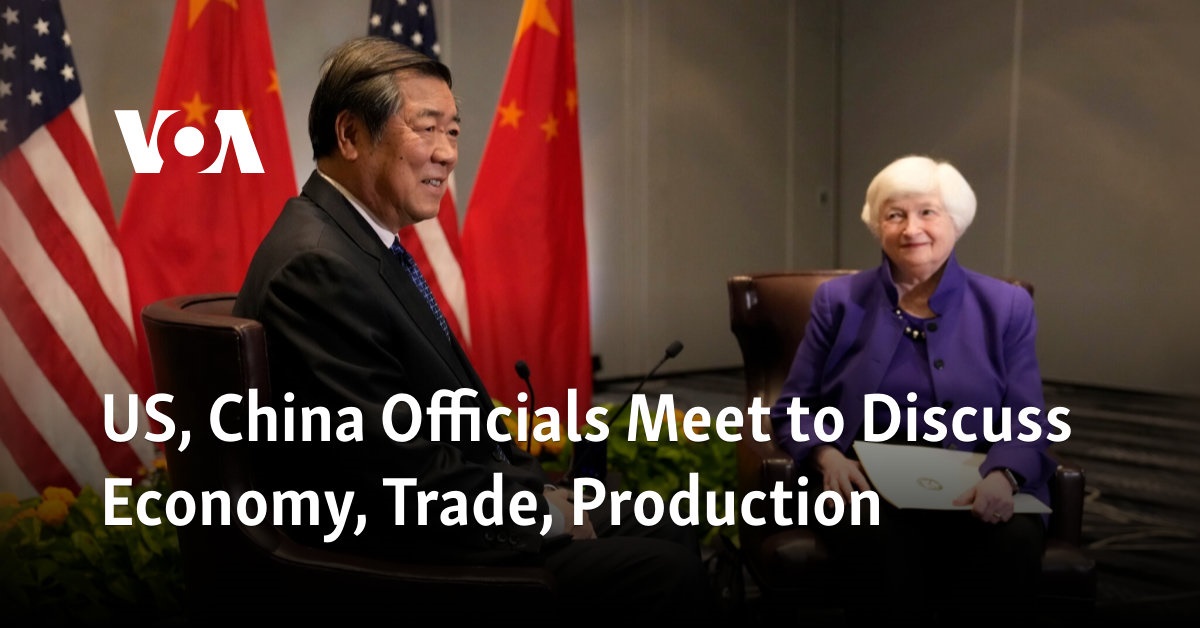Inflation, Unemployment, And The Fed's Interest Rate Decision

Table of Contents
Understanding the Inflation-Unemployment Trade-off (Phillips Curve)
The inverse relationship between inflation and unemployment is often illustrated by the Phillips Curve. This economic model suggests that lower unemployment tends to be associated with higher inflation, and vice-versa. Historically, this relationship has held true, representing a trade-off for policymakers. However, the Phillips Curve's simplicity masks significant complexities.
-
Definition of the Phillips Curve and its historical context: Developed in the 1950s, the Phillips Curve initially suggested a stable inverse relationship. However, the economic shocks of the 1970s, characterized by simultaneous high inflation and high unemployment (stagflation), demonstrated its limitations.
-
Explanation of demand-pull and cost-push inflation and their impact on unemployment: Demand-pull inflation occurs when aggregate demand outpaces aggregate supply, driving up prices. This can lead to increased employment in the short term but can also fuel further inflation. Cost-push inflation, on the other hand, arises from increases in production costs (e.g., wages, raw materials), leading to higher prices and potentially higher unemployment as businesses struggle to absorb increased costs.
-
Situations where the Phillips Curve breaks down (e.g., stagflation): Stagflation highlights a critical failure of the simple Phillips Curve model. When supply shocks (like oil price increases) occur, inflation rises while economic output and employment fall, defying the traditional inverse relationship.
The Federal Reserve's Mandate and Tools
The Federal Reserve, the central bank of the United States, operates under a dual mandate: price stability and maximum employment. To achieve these often-competing goals, the Fed employs various monetary policy tools, the most prominent being interest rate adjustments.
-
Explanation of the Fed's dual mandate: Maintaining price stability (low and stable inflation) is crucial for long-term economic health. Maximum employment aims to minimize unemployment and ensure a strong labor market. Balancing these two goals is the Fed's ongoing challenge.
-
Description of the federal funds rate and its impact on borrowing costs: The federal funds rate is the target rate that the Fed sets for overnight lending between banks. Changes to this rate influence other interest rates throughout the economy, impacting borrowing costs for businesses and consumers. Raising the federal funds rate makes borrowing more expensive, cooling down economic activity and potentially curbing inflation.
-
Overview of other monetary policy tools like quantitative easing and open market operations: Besides interest rate adjustments, the Fed can use quantitative easing (QE) to inject liquidity into the financial system by purchasing assets. Open market operations involve buying or selling government securities to influence the money supply and interest rates.
Analyzing Current Economic Data and the Fed's Likely Response
To determine its course of action, the Fed meticulously monitors a range of economic indicators. Current inflation rate data, as measured by the Consumer Price Index (CPI) and Producer Price Index (PPI), provides crucial insights into price pressures. Unemployment figures, reflecting the health of the labor market, are equally vital. GDP growth rates offer a broader perspective on the overall economic trajectory.
-
Current inflation rate and its trajectory: The current inflation rate is a key factor influencing the Fed's decisions. A persistently high inflation rate often leads to interest rate hikes.
-
Current unemployment rate and its trends: Low unemployment suggests a robust economy, but it can also contribute to inflationary pressures. The Fed aims for a sustainable level of unemployment that balances economic growth with price stability.
-
Discussion of recent GDP growth figures: GDP growth provides a measure of the overall pace of economic expansion. Strong GDP growth might prompt the Fed to consider tightening monetary policy to prevent overheating.
-
Prediction of the Fed's next move regarding interest rates: Based on the current economic data, analysts offer predictions about the Fed's likely next move on interest rates. These predictions are often influenced by the interplay between inflation and unemployment data.
Potential Economic Consequences of the Fed's Decision
The Fed's interest rate decisions have far-reaching consequences. Raising interest rates can curb inflation by reducing borrowing and spending, but it also risks slowing economic growth and potentially triggering a recession. Conversely, keeping interest rates low can stimulate economic activity but might exacerbate inflation.
-
Impact of interest rate hikes on borrowing costs for consumers and businesses: Higher interest rates increase borrowing costs for mortgages, auto loans, and business investments, potentially dampening consumer spending and business expansion.
-
Potential effects on investment and economic growth: Increased borrowing costs can lead to reduced investment in new projects and slower economic growth.
-
Risks of triggering a recession: Aggressive interest rate hikes aimed at combating inflation carry the risk of causing a recession by sharply reducing economic activity.
-
Possible impact on inflation and unemployment in the short and long term: The effects of the Fed's actions on inflation and unemployment can vary in the short and long term. Initially, higher interest rates might increase unemployment temporarily while curbing inflation. In the long run, the goal is to achieve price stability and sustainable employment levels.
Conclusion
The relationship between inflation, unemployment, and the Fed's interest rate decisions is complex and dynamic. The Fed faces the formidable challenge of balancing the need to control inflation with the goal of maintaining maximum employment. The interplay of various economic indicators, including the inflation rate, unemployment rate, and GDP growth, profoundly impacts the Fed's decision-making process. The potential consequences of these decisions—ranging from economic slowdowns to recessions—emphasize the crucial need for careful monitoring and analysis.
Stay informed about the Fed's interest rate decisions and their impact on the economy by regularly reviewing economic data and analyses regarding inflation, unemployment, and the ongoing efforts to manage them. Understanding the interplay between inflation, unemployment, and the Fed's interest rate decisions is crucial for making informed financial decisions.

Featured Posts
-
 Dijon Vehicule Lance Contre Un Mur Rue Michel Servet Le Conducteur Se Denonce
May 09, 2025
Dijon Vehicule Lance Contre Un Mur Rue Michel Servet Le Conducteur Se Denonce
May 09, 2025 -
 U S China Trade Talks Will This Week Bring De Escalation
May 09, 2025
U S China Trade Talks Will This Week Bring De Escalation
May 09, 2025 -
 Strictly Come Dancing Wynne Evans Unexpected Career Change
May 09, 2025
Strictly Come Dancing Wynne Evans Unexpected Career Change
May 09, 2025 -
 Aeroport Permi Situatsiya S Reysami Posle Snegopada
May 09, 2025
Aeroport Permi Situatsiya S Reysami Posle Snegopada
May 09, 2025 -
 Dijon Cite De La Gastronomie Intervention Municipale Face Aux Difficultes D Epicure
May 09, 2025
Dijon Cite De La Gastronomie Intervention Municipale Face Aux Difficultes D Epicure
May 09, 2025
